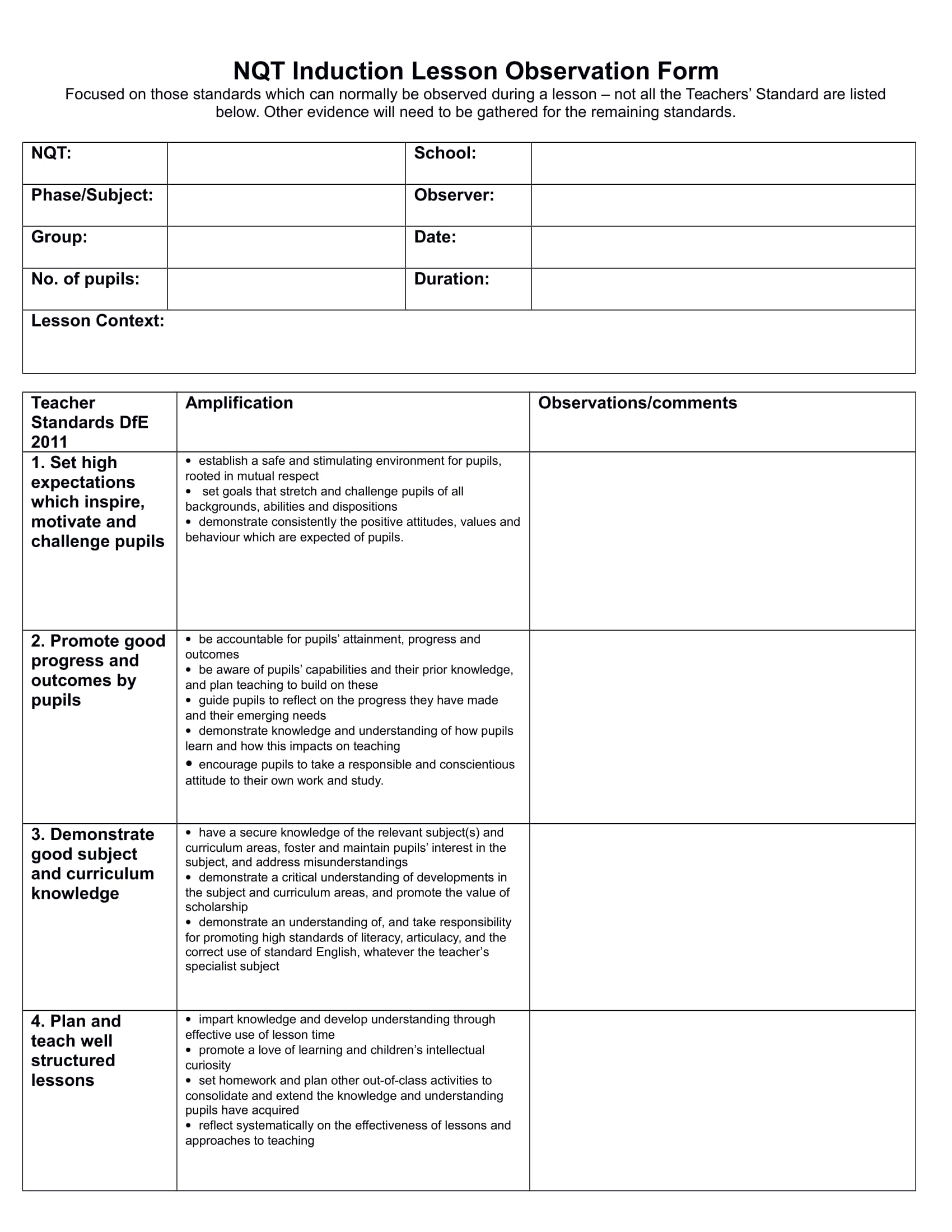

Difference Between Progress & Psychotherapy Notes In mental health contexts, they must be stored privately and securely in a HIPAA-compliant manner. Progress notes are professional documents that communicate important information on a patient’s condition between multiple providers. More specifically, they contain clinical facts and medical reasoning about “the care delivered to patients and the clinical events relevant to diagnosis and treatment.” Progress notes are clinical notes made by psychologists, therapists, clinical counselors, psychiatrists, and other practitioners involved in a patient’s treatment and care. What Are Progress Notes in Mental Health? Quenza is a complete suite of blended care tools that includes everything you need to make and store clear, professional therapy progress notes on a HIPAA-compliant platform. In this overview, we’ll introduce their key elements, a step-by-step guide to writing therapy progress notes, and some of the best therapy software you can use to create excellent progress notes efficiently.īefore getting started, we recommend trying Quenza, our therapy notes software for e-mental health practitioners. To be helpful and informative, though, progress notes in mental health need to follow some guidelines. They’re instrumental in monitoring a patient’s progress, the efficacy of their treatment, and helping professionals understand their patient’s personal experiences. As a result, you will receive an overview of teacher activity and the used educational means.Clear, concise, and accurate therapy progress notes are beneficial to practitioners and their clients. Moreover, you’ll be able to customize notifications and email multiple recipients as soon as submissions come in. Optimize processesĪdopt this observation form sample and share it with your classroom evaluators.

Certainly, responses reside in a secure database which can be analyzed in graphs and exported to your computer. In other words, using a digital classroom observation form helps you turn answers to survey questions into a meaningful teaching method evaluation. Therefore the evaluators will be able to submit ratings even from their small screens. Of course, our feedback forms are mobile optimized. Copy and paste, that’s all you need to do. At the end of your session, simply publish the evaluation form on a webpage or send it by email. Really, sharing the observation form with class supervisors is a piece of cake. For example, Likert scales, radio buttons, and even photo uploads. Specifically, we have all kinds of advanced fields to help you collect the feedback you require. Don’t hesitate to edit the feedback example provided according to your needs just by dragging and dropping.

Gather accurate ratings for your teachers with this classroom observation form template.


 0 kommentar(er)
0 kommentar(er)
